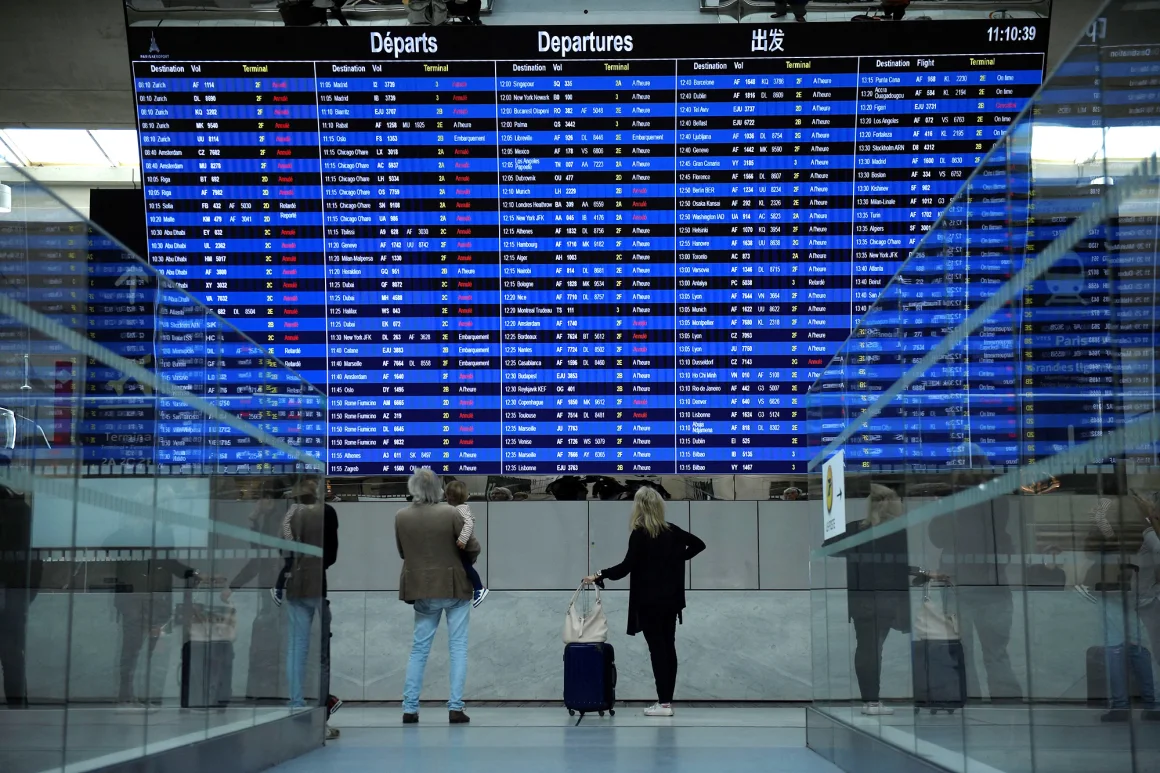The Atlantic hurricane season officially begins on June 1 and runs through November 30. Forecasters project an above-average number of named storms this year, estimating between 13 and 19 systems, compared to a historical average of 14 storms per year from 1991 to 2020.
Experts point to warmer ocean temperatures as a contributing factor, providing more energy to fuel storm activity. People are encouraged to prepare early, even if they live inland, due to the potential for severe weather effects far from coastal areas.
Flooding remains a major concern, as storms that do not reach hurricane strength can still produce dangerous rainfall, strong winds, and tornadoes inland. Water-related hazards are a leading cause of storm-related fatalities.
Meanwhile, significant reductions in funding and staffing for weather and climate research have raised concerns about the long-term capacity for accurate storm forecasting. Some professionals have voiced worries over the sustainability of operations under current resource constraints.
Despite these challenges, weather authorities report that they are using advanced models and tracking tools and affirm their readiness to support emergency response efforts throughout the season.
For 2025, projections suggest that 6 to 10 storms may become hurricanes, with 3 to 5 reaching major hurricane status. The list of names designated for tropical storms this year includes: Andrea, Barry, Chantal, Dexter, Erin, Fernand, Gabrielle, Humberto, Imelda, Jerry, Karen, Lorenzo, Melissa, Nestor, Olga, Pablo, Rebekah, Sebastien, Tanya, Van, and Wendy.



